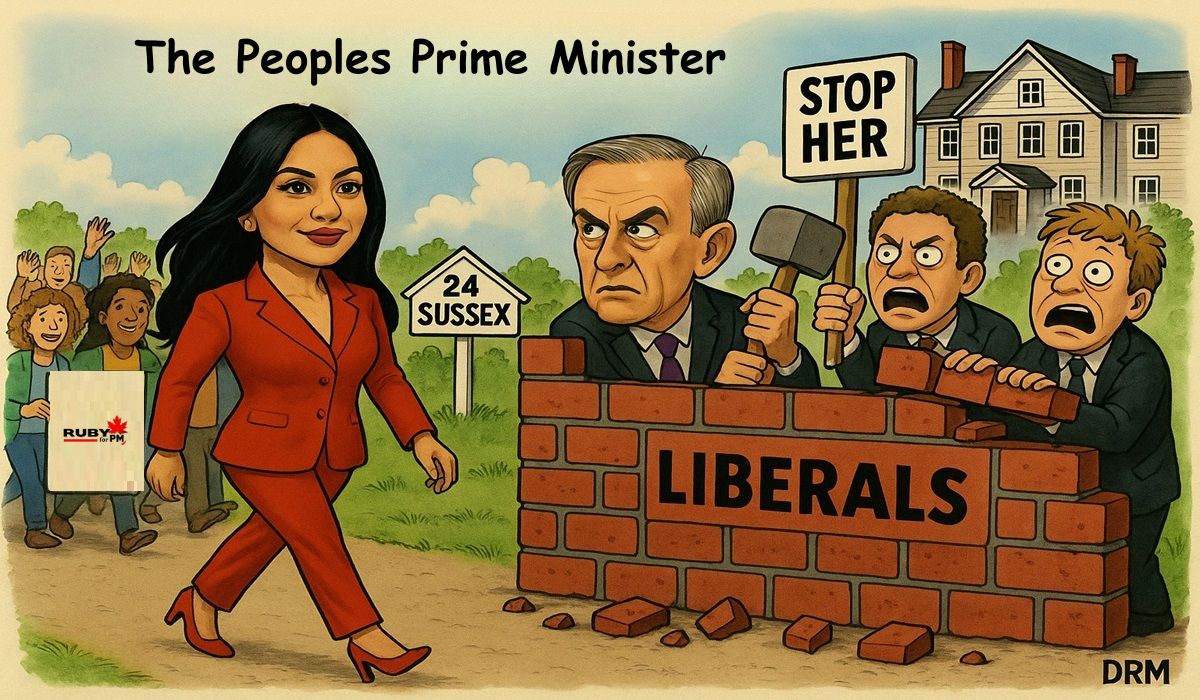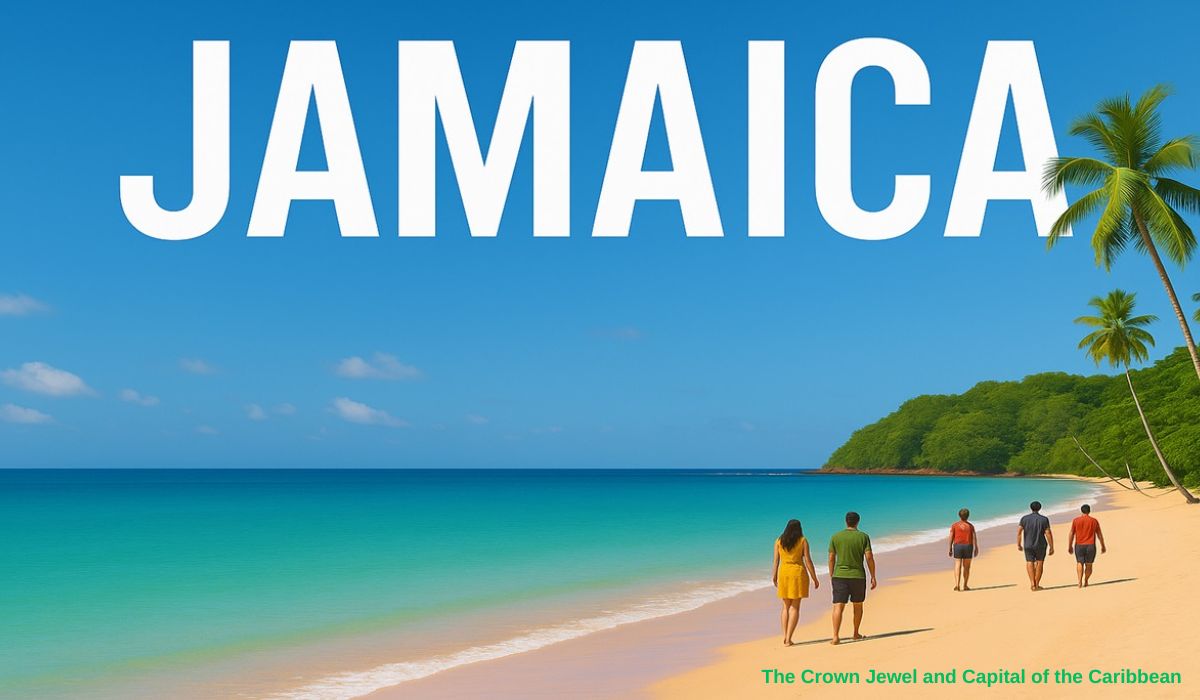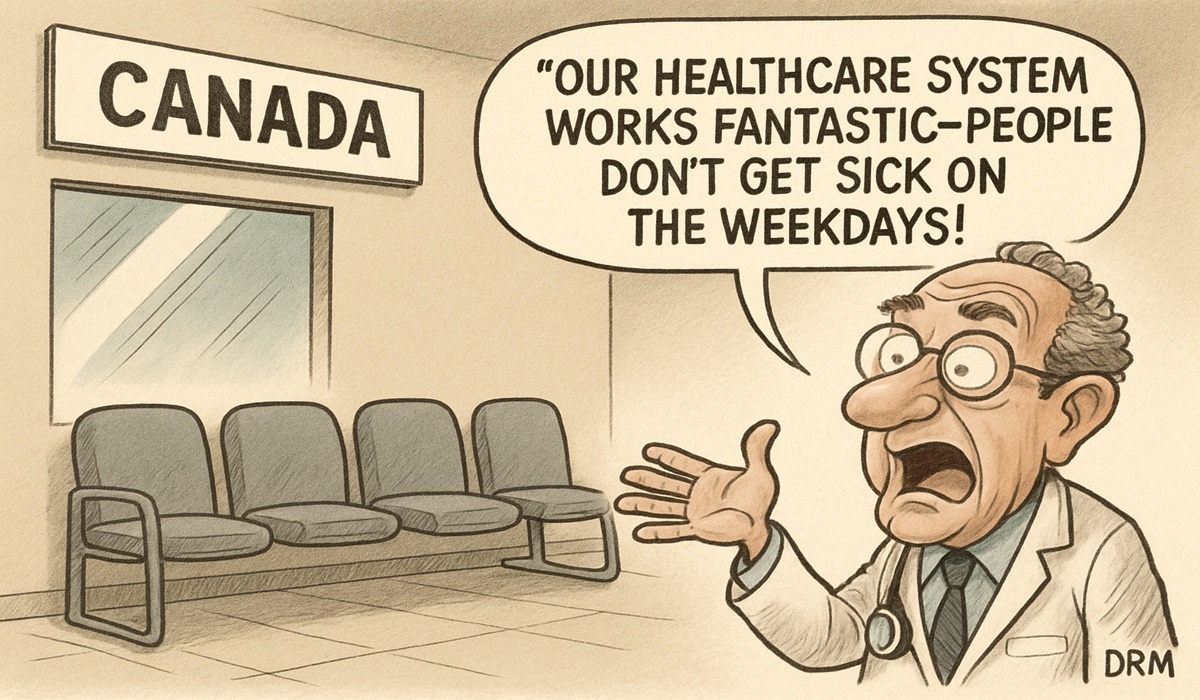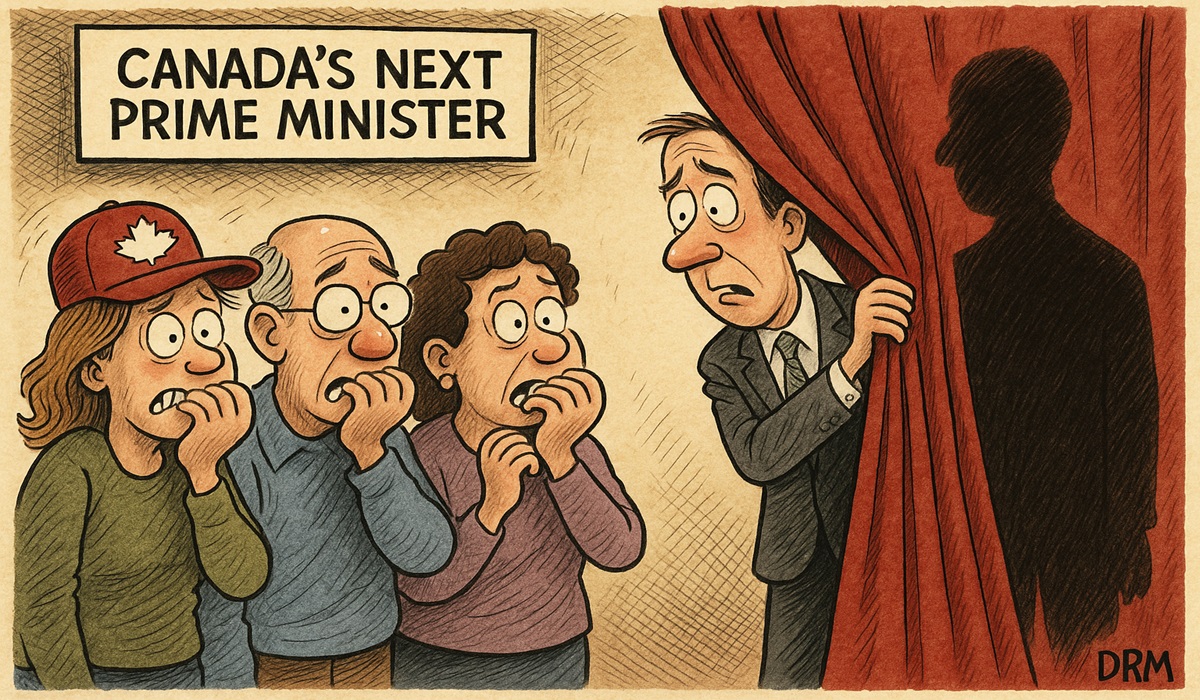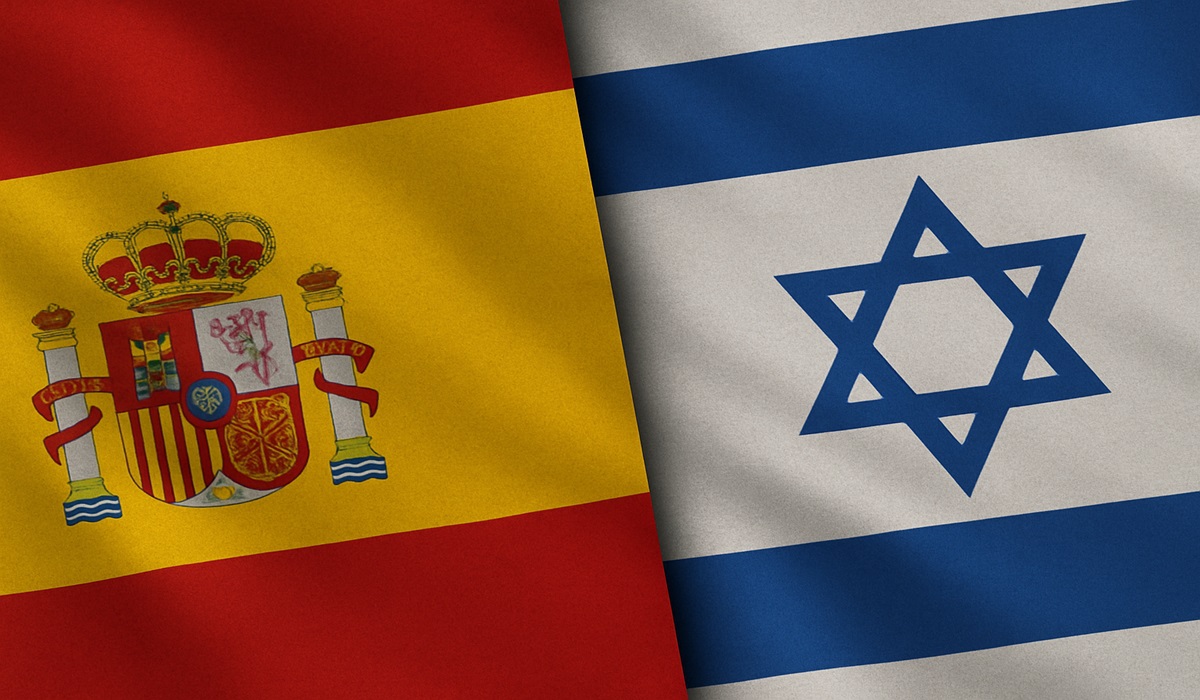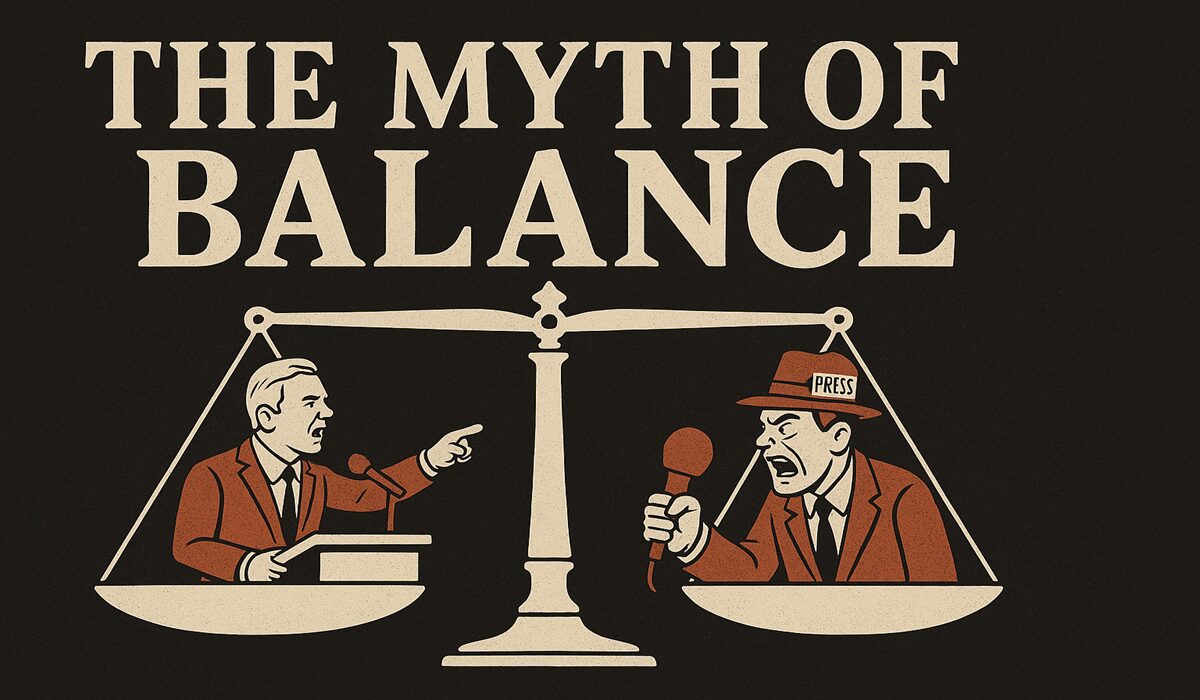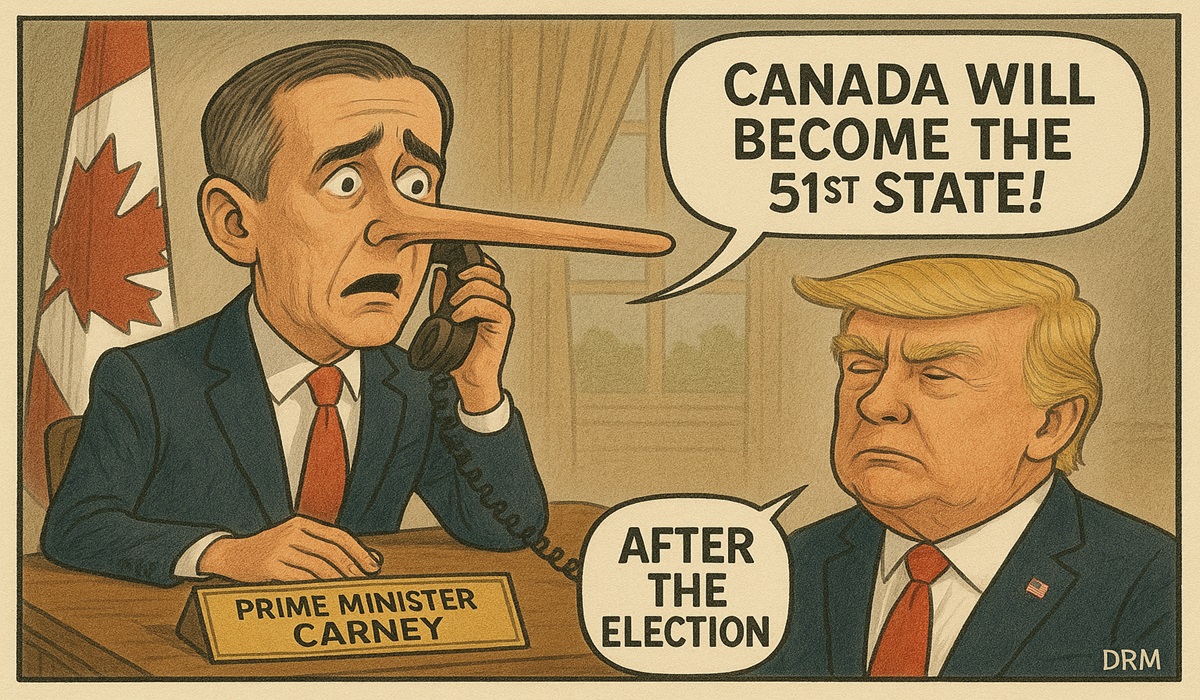“The Real China: A Story Lost in Translation”
- TDS News
- Asia
- China
- D.O.C Supplements - Trending News
- East Asia
- April 29, 2025
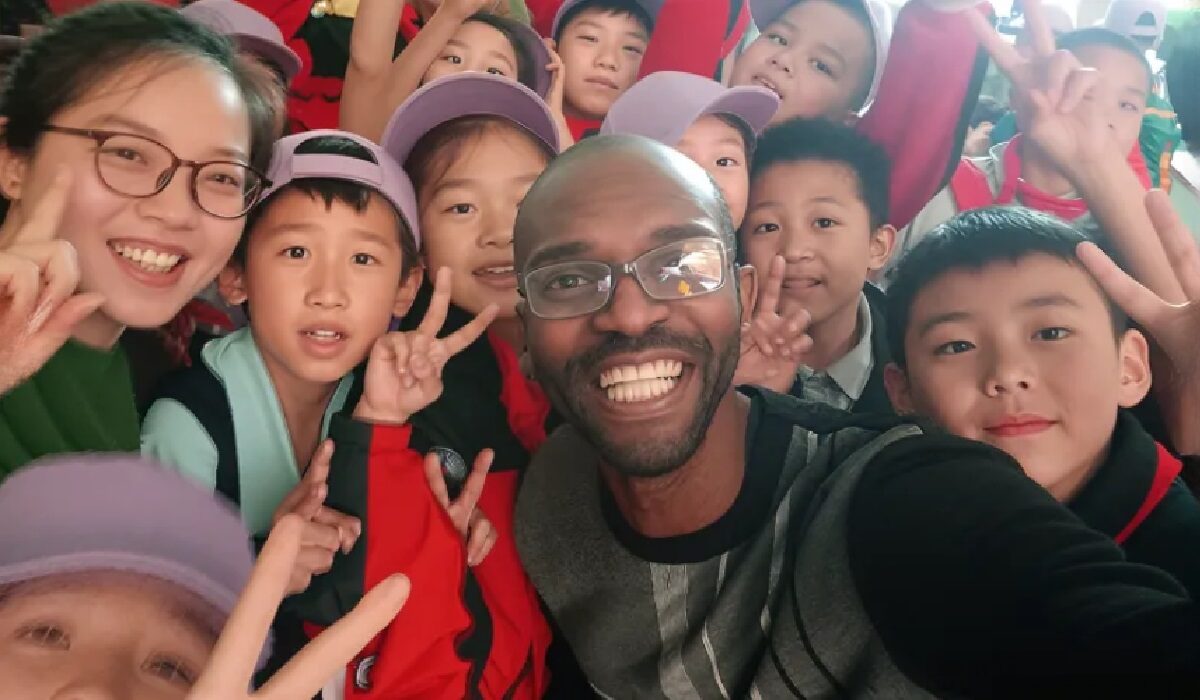
In the West, there is an ever-churning machine that distorts China into something it is not. Daily headlines blast caricatures of a polluted, authoritarian wasteland where freedom gasps for air, and technology is stolen rather than invented. Analysts, politicians, and self-proclaimed experts, many of whom have never set foot in China, peddle a story as hollow as it is repetitive. It has become convenient — and lazy — to paint China as the boogeyman. It’s easier to craft fear than to confront the uncomfortable truth that much of what we believe about China is not only exaggerated — it is flatly wrong.
Reality, when seen firsthand, is radically different. In fact, it is the opposite of the bleak portrait so often splashed across Western media. On a recent visit to Zhejiang province — an economic and cultural jewel of China’s east coast — the experience was nothing short of transformational. Not because it was grandiose or intimidating, but because it felt profoundly familiar. Walking the wide, tree-lined streets of Hangzhou, passing clean rivers and public gardens bursting with color, it was as if I never left Canada. Only here, the sense of welcome and openness felt even more pronounced.
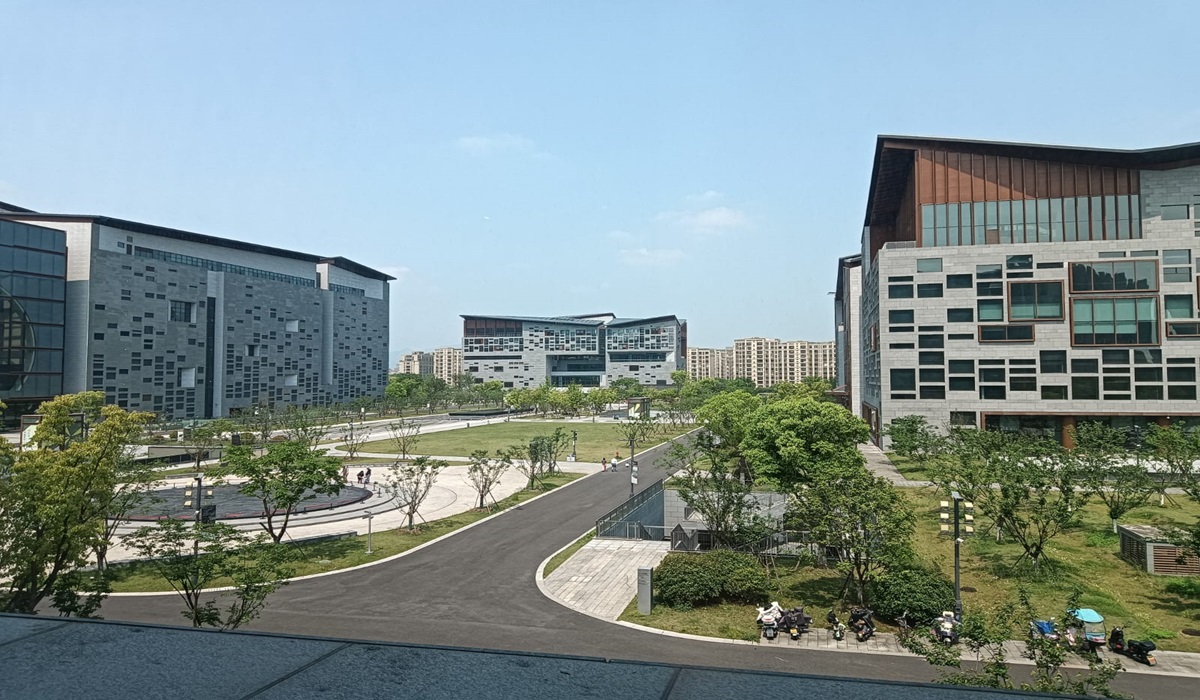
Ordinary Chinese citizens are not obsessed with geopolitics. They are not chained to some imagined propaganda machine. They are simply living — and thriving. They are embracing visitors, asking questions, and sharing their pride in a culture thousands of years deep. At the Zhejiang Intangible Cultural Heritage Museum — one of four massive new museums built simultaneously in the region, each rivaling the size and sophistication of mid-sized corporate headquarters — this spirit was palpable.
Inside these living temples of history and innovation, hundreds of schoolchildren flooded the floors, not with chaos but with awe. They eagerly approached visitors, asking to take photos, laughing, practicing English, and — astonishingly — expressing genuine admiration for Canada. “We love Canada!” some would call out, holding notebooks and pens, eager for a signature, a moment of connection. These are the faces of a China that the media never bothers to show: warm, curious, and unburdened by the narrative traps their country is so often ensnared in abroad.
It is also a China that is setting the pace of the future. Contrary to the myth of backwardness, China’s skyline is a testament to architectural ambition and engineering brilliance. From the longest sea-crossing bridges in the world to towering urban centers wired with smart-city technology, China is not catching up — it is leading. In robotics, artificial intelligence, green agriculture, and drone innovation, China is already miles ahead in ways many in the West refuse to accept. These are realities, not state slogans. Anyone who stands in the middle of Hangzhou, Shenzhen, or Suzhou can see it for themselves if they are willing to open their eyes.
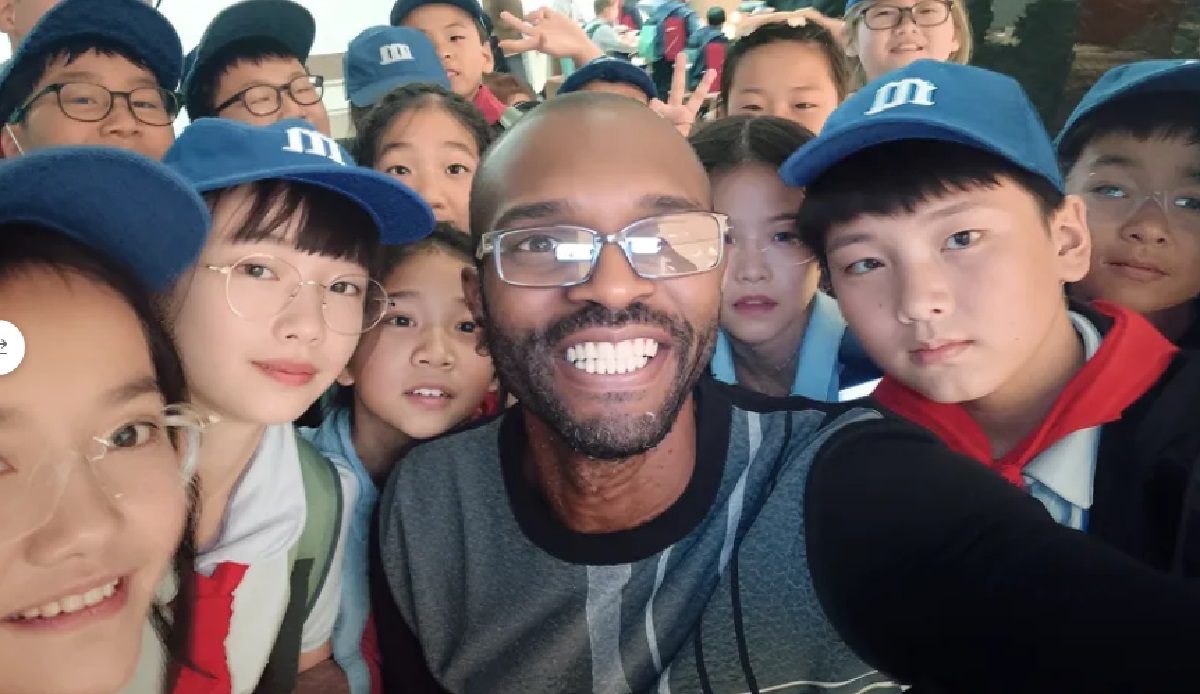
Counsellor Susu Xing of the Chinese People’s Institute of Foreign Affairs put it best during a meeting: “China has always been a society of people who sought peace, who embraced others, and who understood that real strength lies in learning from one another, not conquering one another.” That is a history measured not just in dynasties, but in the resilience of a people determined to survive, adapt, and grow.
Another profound truth came from the Cultural Affairs Department, Press & Public Affairs Office Embassy of the People’s Republic of China in Canada Mr. Hong Yang, who observed, “Canada and China both have beautiful cultures, and every time we share them with each other, it’s a win-win for both our peoples.”
There is wisdom in that. Especially now, in an age where division is marketed like a consumer good and suspicion is a political currency, remembering that cultural exchange is not a threat but a blessing is essential.
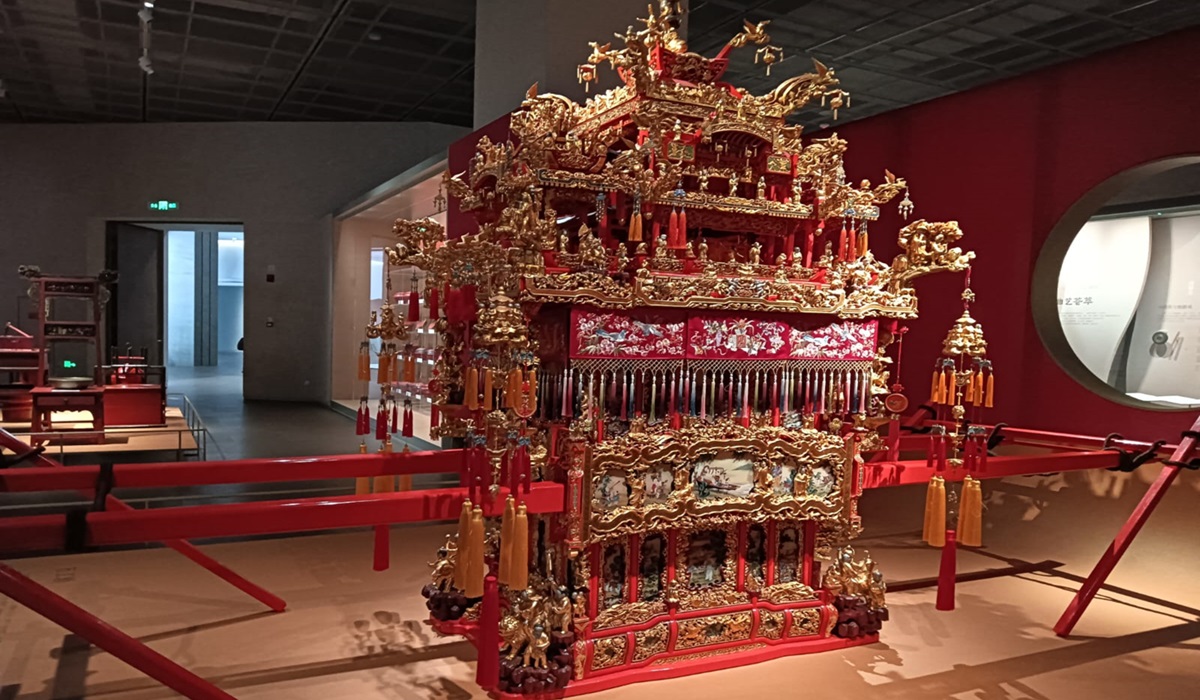
One of the most remarkable policies I encountered — and one that Canada should seriously consider adopting — is the Chinese commitment to making museums free to the public. In a country of over 1.4 billion people, the idea is simple but revolutionary: culture, history, and education should be accessible to everyone, not locked behind admission fees. How better to cultivate a society that values its past and dreams for its future than by removing the barriers to learning? Canada prides itself on being a leader in multiculturalism and education, but if we truly believe in empowering our citizens, we would do well to follow this model. A free, national museum access policy could inspire millions of Canadians to explore not just their own histories, but the histories of all humanity.
It’s easy, from afar, to judge a country based on narratives spun by those who have something to gain from fear. It’s harder — but necessary — to walk its streets, to listen to its people, and to see with your own eyes the vibrancy and hope that media distortion tries so desperately to erase.
In the end, the lesson is simple but powerful: citizens are citizens everywhere. They do not wage wars. They do not build walls. They build bridges — of understanding, culture, and friendship. And it is those bridges, not the petty battles of politicians, that will define the future of our world.

